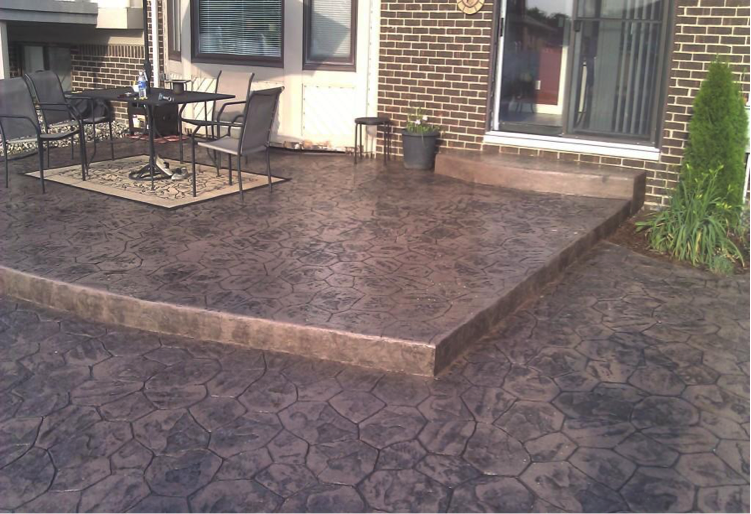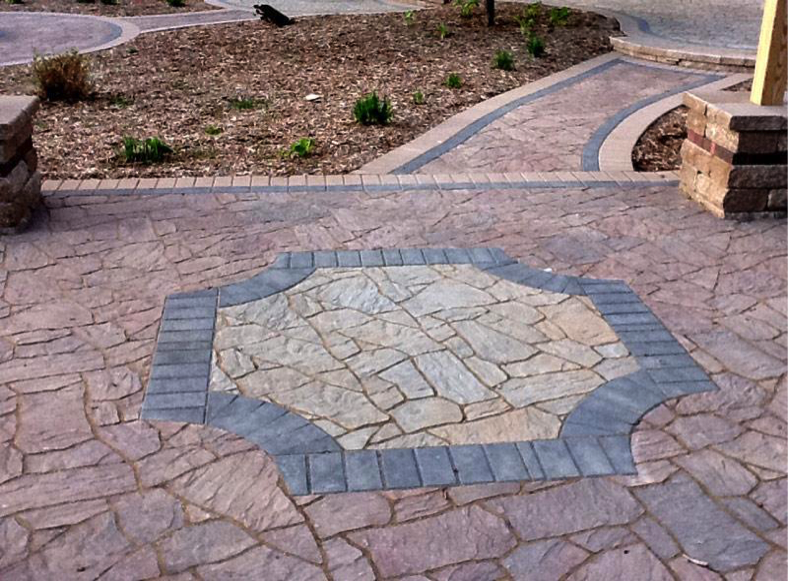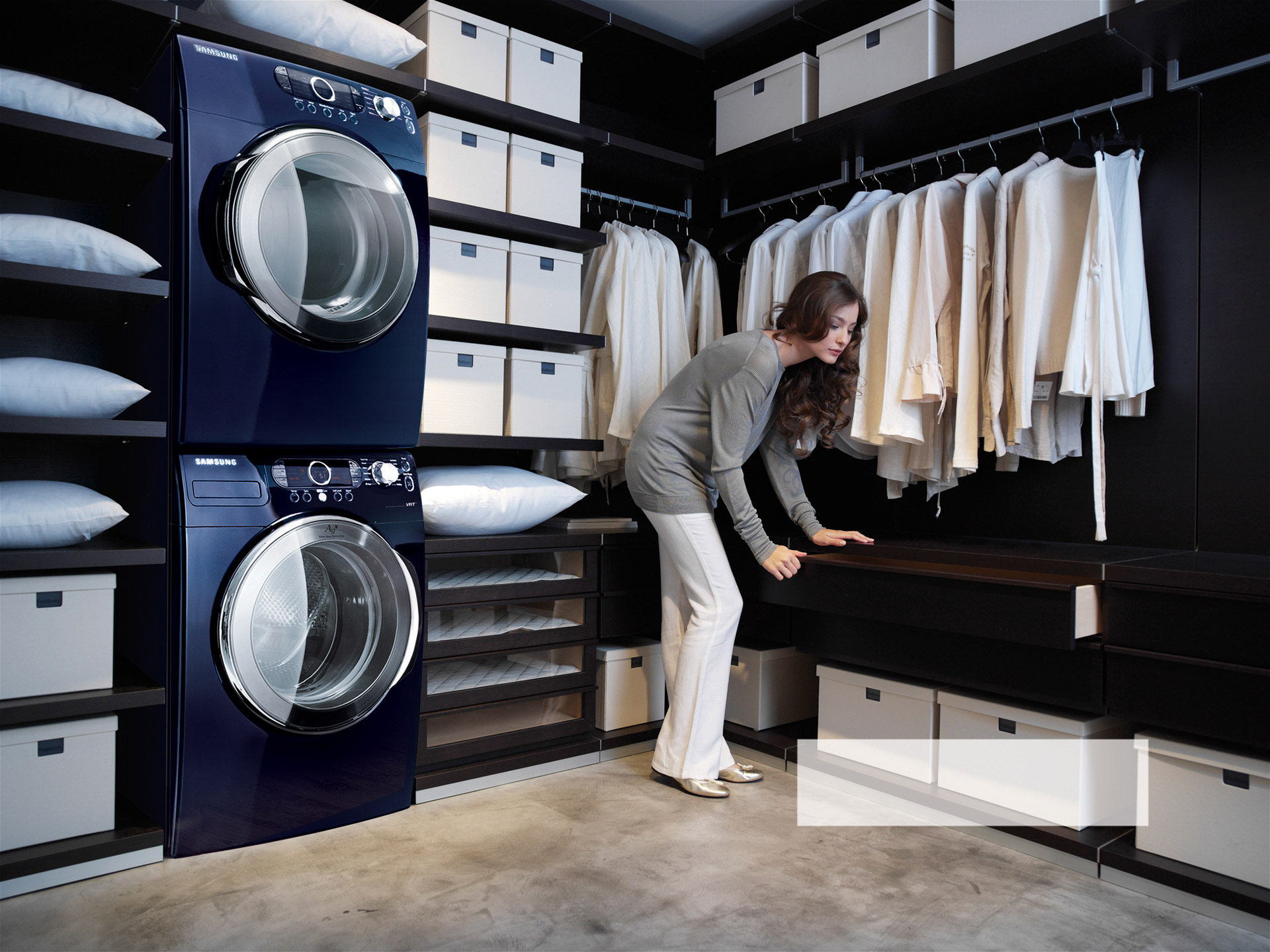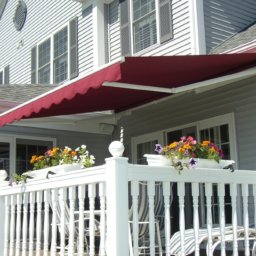Any time you consider tackling a home improvement project for your home or garden, it requires serious thought. Whether your project is as simple as adding some shelving or as complicated as re-working your entire backyard, you need to make sure your money is well spent. Many homeowners today are interested in making their outdoor space unique. A lot of people do this by adding patios or driveways that go beyond the traditional concrete slab. You have a lot of options available, including deciding between interlocking concrete pavers or stamped concrete.
Let’s take a look at the pros and cons of stamped concrete versus interlocking pavers:
Stamped Concrete: Pros & Cons

Stamped concrete can be a truly beautiful choice for your outdoor space. It even has the ability to imitate natural stone or segmented paving. The colors can also be hand blended on site to create the exact color you want. You will also have a wide variety of patterns to choose from. All of this makes stamped concrete ideal for those that want to really personalize their space. Another benefit is that a sealant is added to help protect the stamped concrete from the weather and from any chemicals.
However, in spite of the benefits, there are a fair amount of disadvantages to choosing stamped concrete. For one, the initial cost of stamped concrete is fairly high. It usually requires professional installation, which adds to the cost. Plus you will also have ongoing repair and maintenance costs. You will also find that the colors can fade over time and that patching is often required. Another con is that stamped concrete tends to crack and de-icing salts can create further deterioration.
If you decide to go with stamped concrete it would be wise to speak to a professional concrete company in your area. You can also do your research beforehand by reading this article on buying tips for concrete stamping from the Concrete Network.
Interlocking Pavers: Pros & Cons

Interlocking concrete pavers are another beautiful choice with a lot of benefits. While they are also fairly expensive to initially install, they typically don’t need to be replaced and require very little maintenance overtime. Interlocking pavers don’t usually crack and any necessary repairs can be done easily and without much effort. You can also create beautiful and unique designs with interlocking pavers by mixing and matching colors and patterns.
There are some cons to choosing interlocking pavers. For instance, weeds like to pop up between the pavers unless you use polymer sand that acts as an adhesive that binds the pavers together. The binding sand might also need to be topped off every few years. Another disadvantage is that dye lots can vary somewhat from each pallet, so you need to be careful when installing to avoid a blotchy appearance. Finally, you the pavers can also move overtime if they aren’t installed properly. This is especially true if you have very wet, cold winters in your area.
Interlocking pavers are a popular choice because they are easier to install without the help of a professional. Angie’s List has an article that’s worth reading about why you should choose interlocking pavers over stamped concrete.
Which Option Should I Choose?
Now that you know the pros and cons of stamped concrete vs. interlocking pavers, what should you choose? The answer depends completely upon your personal preference for the space. Talk to a professional polished concrete installer in your area for advice on the best choice for your project. A good place to start would be with Concrete Your Way. They have been in business for more than 10 years in the Toronto area and can offer sound advice for your next project.
















